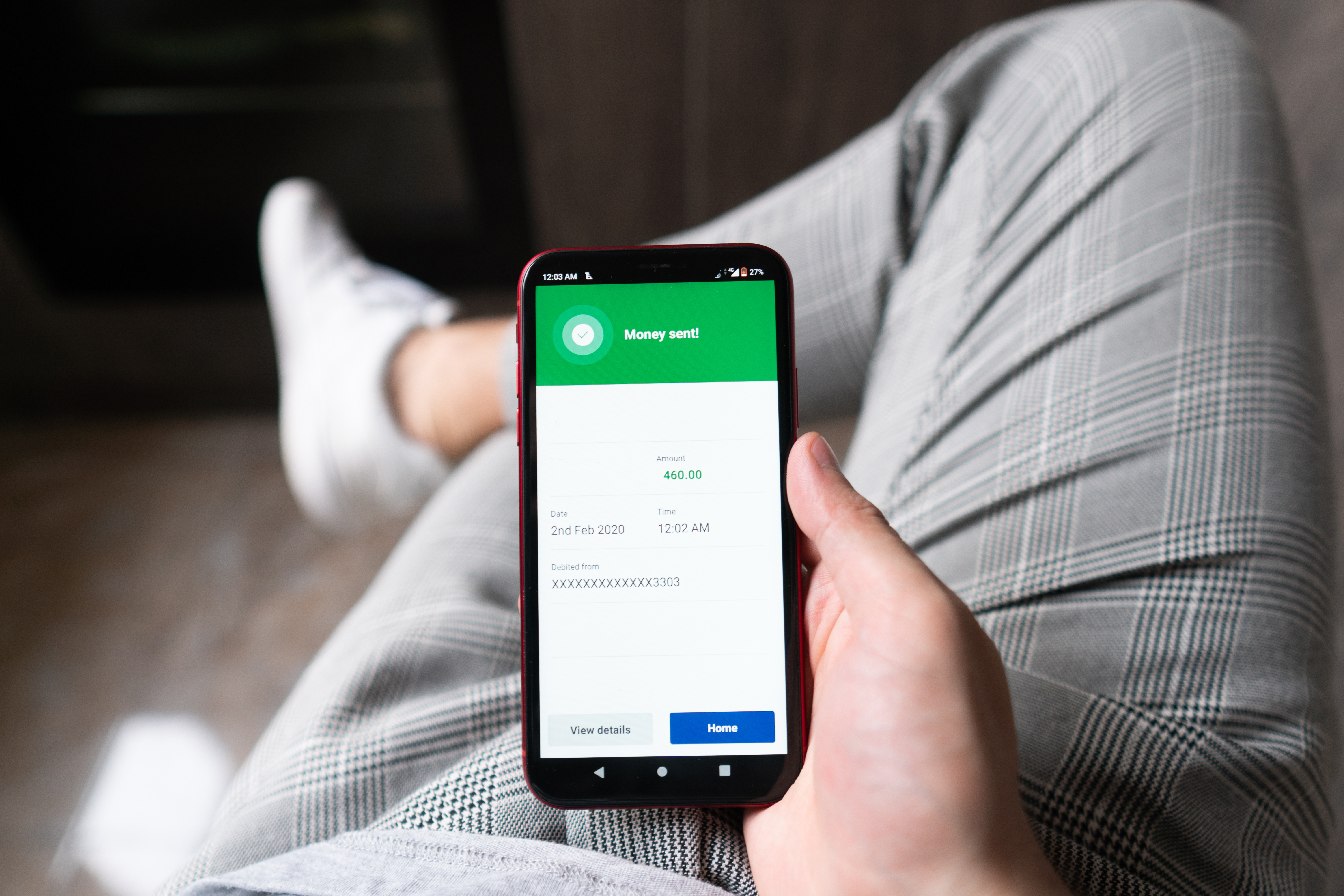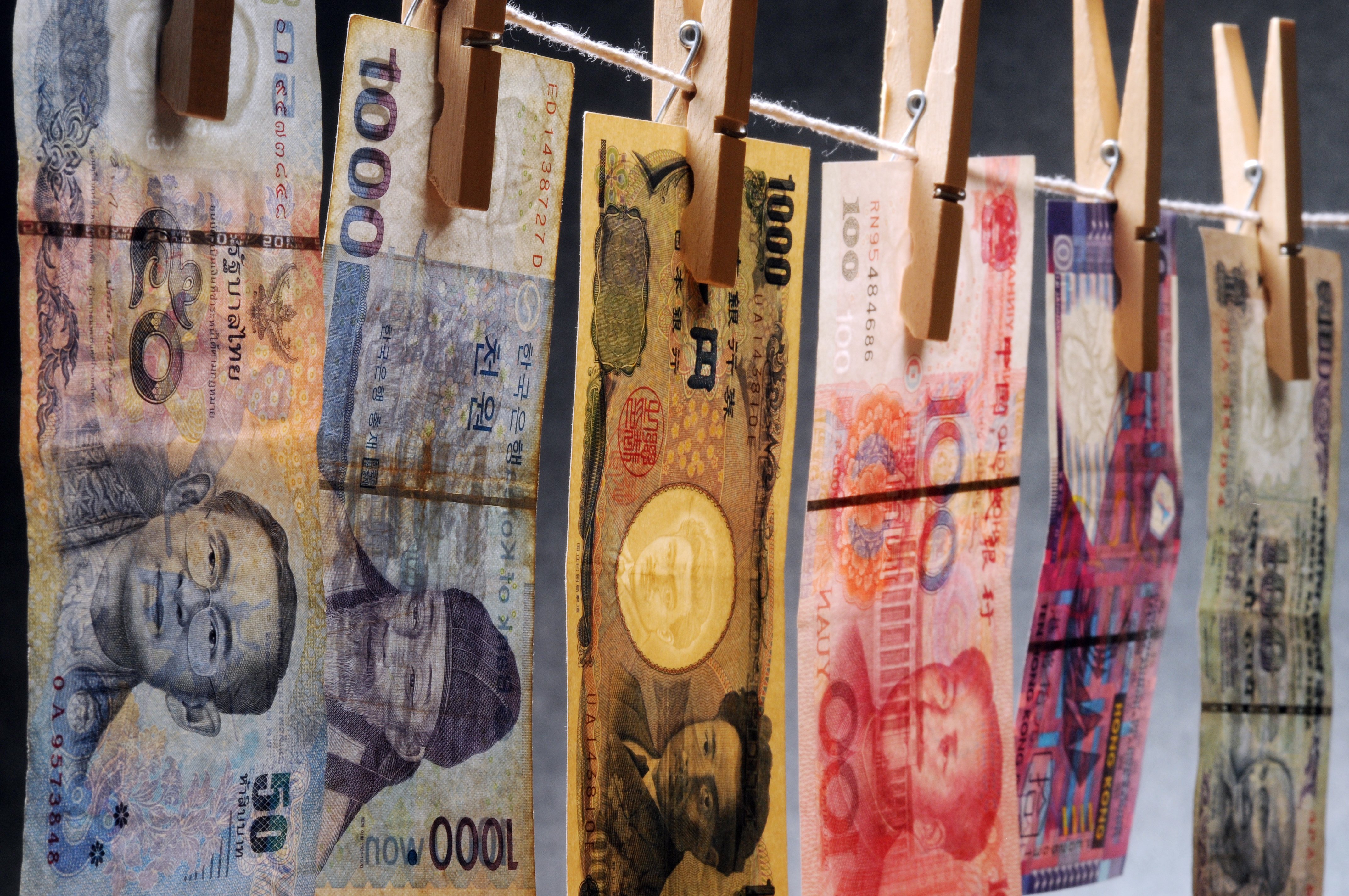Last November, several media outlets suggested that a new set of rules was under consideration for member banks participating in the Zelle network, specifically, to begin reimbursing consumers who fell victim to certain types of scams. This recognition by network owners is part of an ongoing call to be more aggressive in protecting consumers from scams. It could be interpreted as a part of a larger narrative.
Further, the current and present liability shift well may have origins from the earlier decision by the CFPB to provide extra clarity in the guidance of their interpretation of the regulatory liability model provided in the summer of 2021.
Who has liability?
This guidance was intent on making it clear that regulations covering what constitutes consumer liability relative to unauthorized electronic funds transfers removed a specific element that pushed the responsibility to consumers when they furnished the “access device.” In this case, the access device was interpreted as the victim providing a token/code, payment card details or online banking credentials to the scammer. This was considered furnishing access to the device for the transaction, which could have held the consumer liable before the CFPB guidance reversed this.
The continued momentum here is a direct result of greater volumes of fraud scams against consumers in this digital age globally. This latest push by the EWS network is going a step further and putting more burden on banks to examine the transaction details and if there was evidence of specific elements present in the transaction that can push liabilities for the scam back to the bank rather than consumers.
Growth in scams & solutions
Over the past few years, a marked increase in peer-to-peer (P2P) payment scams has arisen in many real-time payment platforms domestically and abroad. Used by consumers and banks alike for their speed and convenience, these services have become common ground for criminals looking to defraud customers using a slew of tactics to sow confusion, uncertainty, and doubt. Unsurprisingly, this trend has created a significant problem on both sides of the equation.
On one hand, scammed individuals have seen little recourse for their lost funds as banks are hesitant to pay restitution for “officially authorized” transactions–even under false pretenses. On the other hand, banks have struggled to cut down on rampant fraud occurring on their platforms while simultaneously attending to the needs and concerns of their affected consumer base.
Networks moving proactively in the EU
So far, regulatory progress has been slow, but what we’re now witnessing is the payment networks taking charge to create the change necessary before regulatory changes create less desirable outcomes.
As fraud scam volumes are on the rise by double digits year over year across the world, this increased emphasis by a payment network shows that to remain competitive, financial institutions need to go to greater lengths to protect their customers. In Europe, this expectation is already being realized, as financial institutions have voluntarily taken steps in the UK to reimburse customers for many types of authorized payment scams. In the Netherlands, the regulatory elements have already been formalized.
US pressure grows for fraud protection
In the US, the seven banks that currently share Zelle’s P2P network use an internal system to field and analyze the legitimacy of claims brought to them by their consumers. The system applies to those scammed by fraudsters through Zelle but would not apply to refunds for goods and services in which the transaction occurred through Zelle. We must keep an eye on the rollout of the bank’s reimbursement plans and methodology for reconciling consumer victimization. Things may change, and banks may update what is and isn’t a qualifying claim.
We should expect increased industry-wide pressure to reduce scam liability for consumers, including possible refunds when payments are authorized under false pretenses. As this happens, financial institutions will need to delicately navigate potential new regulatory concerns while also demonstrating resilience and effective control in consumer protection.
This is a treacherous place for financial institutions. Without the proper strategies and internal governance in place, these institutions can easily find themselves biting off more than they can chew when navigating new protections and regulations. The net result is that financial institutions will have to invest more in detection/prevention technology or take on the additional financial burden for customer scams.
Nonetheless, protection for the consumer and reduction in fraudulent financial activity will grow in priority as the need for oversight becomes apparent. While the path ahead looks uncertain, what cannot be disputed is the speed at which payment platforms are becoming normalized and entrenched into our global banking system. It’s imperative that all actors involved, especially banks, fintechs, credit unions and P2P payments software participants, all act swiftly now to prepare for the future.
Additional Resources
Discover how behavioral biometrics can be used to protect customers from falling victim to P2P payment scams, impersonation scams and other types of payment fraud in the white paper: Spot the Impostor: Tackling the Rise in Social Engineering Scams.
This article originally appeared on Payments Next.



